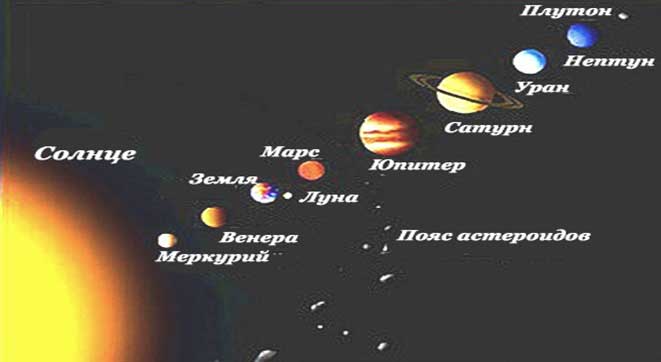SOLAR SYSTEM
GLOBAL WARMING |
|
"Global warming is an indicator of the increase in the average ambient temperature over the past century. Its problem lies in the fact that, since the 1970s, this indicator has been increasing several times faster." If we penetrate deeper into the bowels of our planet, we will surely see a completely different picture, that the main reason for this lies not in the intensification of human industrial activity, but in the spontaneous change of geophysical processes in the bowels of our earth... Next... |
LECTURE: WHAT, AFTER ALL, IS THE «GRAND UNIFICATION THEORY?»
|
«THERE IS A SINGLE THEORY, THAT GOVERNS THE WHOLE WORLD,
|
|
LECTURE: THE BIG BANG OR QUANTUM THEORY OF GRAVITY
MODERN IDEAS ABOUT THE STRUCTURE OF THE SOLAR SYSTEM
Our solar neighborhood is an exciting place. The Solar System is full of planets, moons, asteroids, comets, minor planets, and many other exciting objects. Learn about Io, the explosive moon that orbits the planet Jupiter, or explore the gigantic canyons and deserts on Mars.
What Is The Solar System?
The Solar System is made up of all the planets that orbit our Sun. In addition to planets, the Solar System also consists of moons, comets, asteroids, minor planets, and dust and gas.
Everything in the Solar System orbits or revolves around the Sun. The Sun contains around 98% of all the material in the Solar System. The larger an object is, the more gravity it has. Because the Sun is so large, its powerful gravity attracts all the other objects in the Solar System towards it. At the same time, these objects, which are moving very rapidly, try to fly away from the Sun, outward into the emptiness of outer space. The result of the planets trying to fly away, at the same time that the Sun is trying to pull them inward is that they become trapped half-way in between. Balanced between flying towards the Sun, and escaping into space, they spend eternity orbiting around their parent star.
How Did The Solar System form?
This is an important question, and one that is difficult for scientists to understand. After all, the creation of our Solar System took place billions of years before there were any people around to witness it. Our own evolution is tied closely to the evolution of the Solar System. Thus, without understanding from where the Solar System came from, it is difficult to comprehend how mankind came to be... More
MILKY WAY

But within these facts about the Milky Way lie some additional tidbits of information, all of which are sure to impress and inspire. Here are ten such facts, listed in no particular order:
1. It’s warped.
For starters, the Milky Way is a disk about 120,000 light years across with a central bulge that has a diameter of 12,000 light years (see the Guide to Space article for more information). The disk is far from perfectly flat though, as can be seen in the picture below. In fact, it is warped in shape, a fact which astronomers attribute to the our galaxy’s two neighbors -theLarge and Small Magellanic clouds.
These two dwarf galaxies — which are part of our “Local Group” of galaxies and may be orbiting the Milky Way — are believed to have been pulling on the dark matter in our galaxy like in a game of galactic tug-of-war. .










